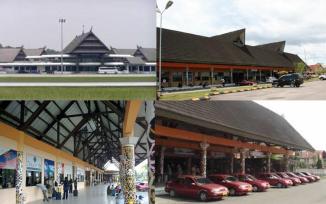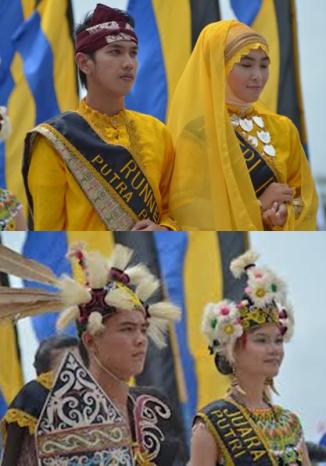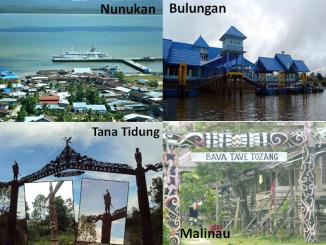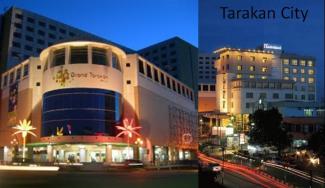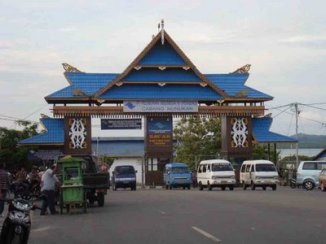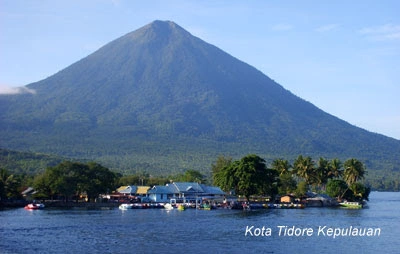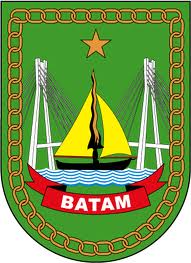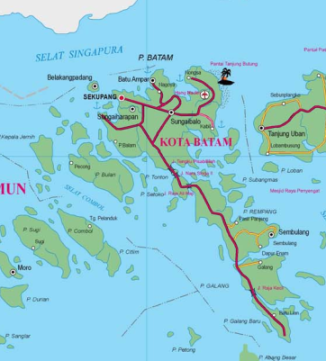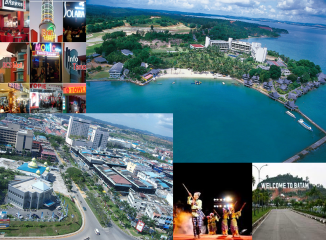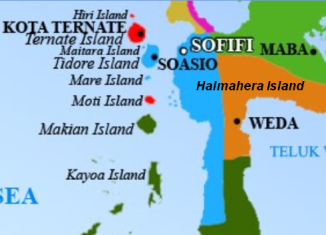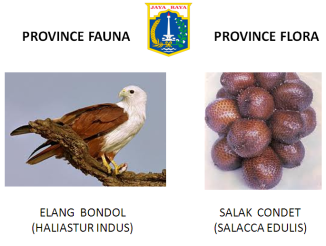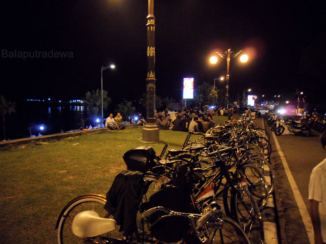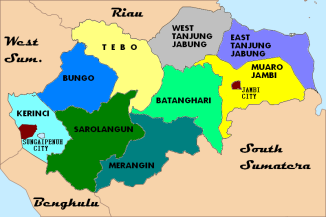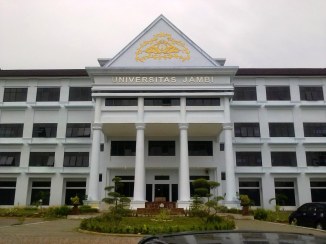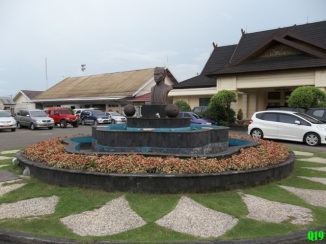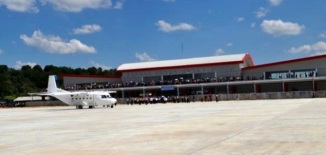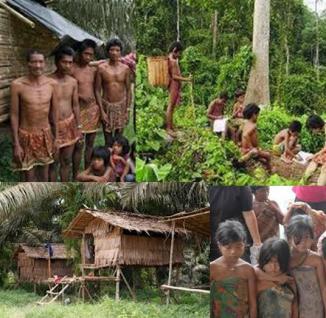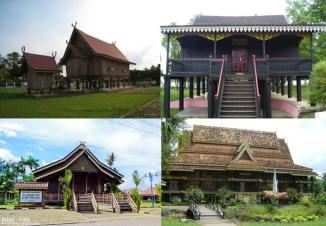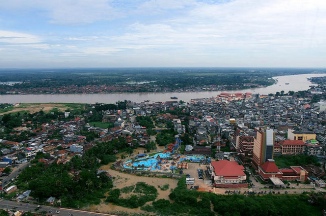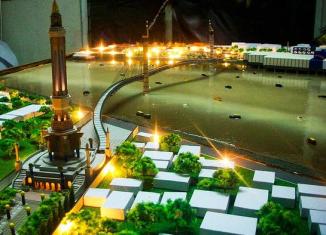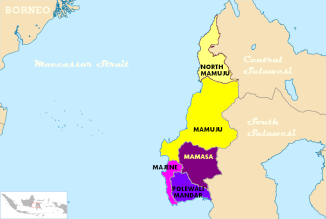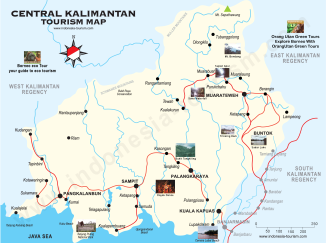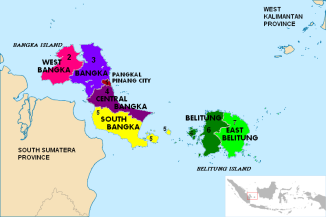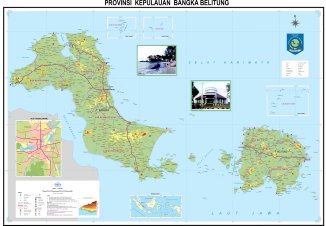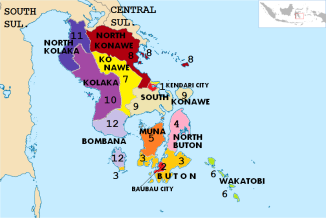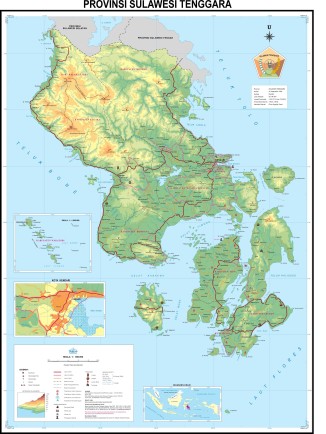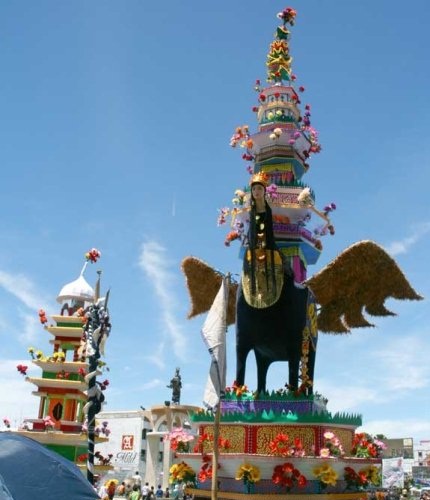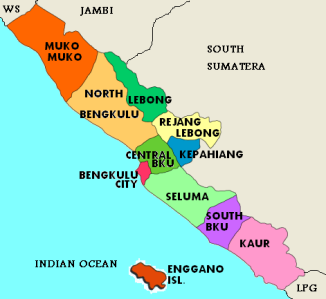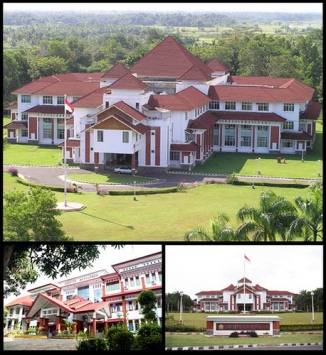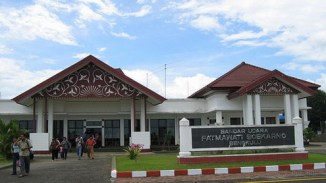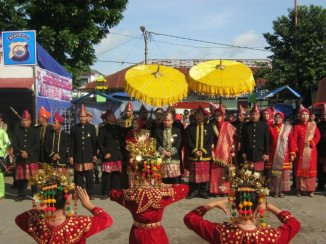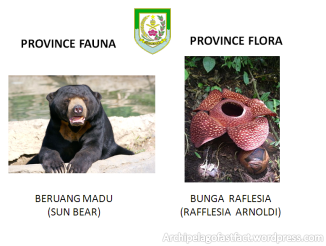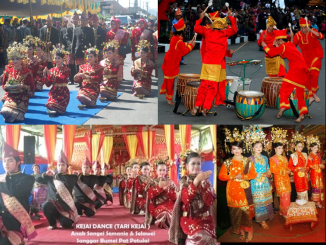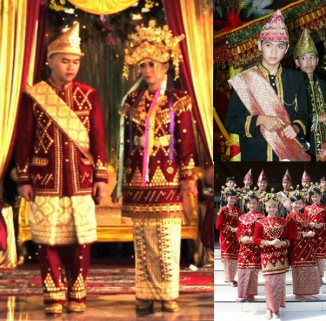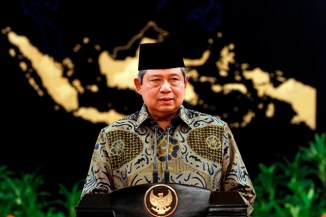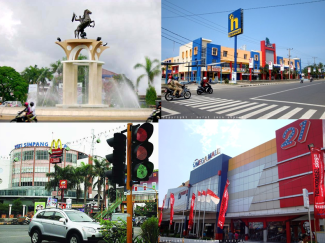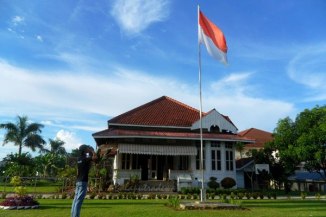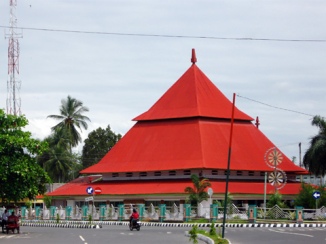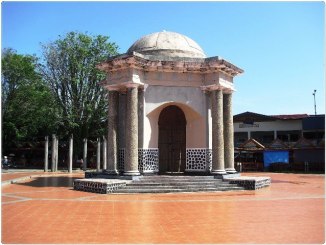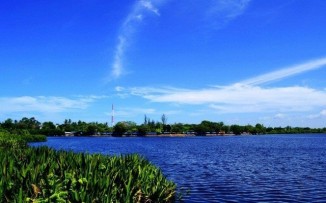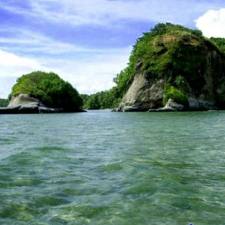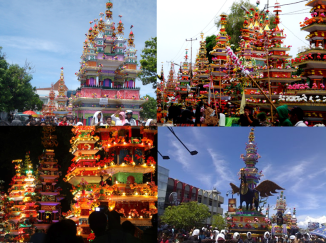Nunukan crystal water sea
***
Official Name : Kalimantan Utara ( abbreviation : Kaltara)
Origin of Name : North Borneo is long associated with northern part of Borneo, which historically was British occupied areas of Sarawak, Sabah, Labuan (of Malaysia) & tiny Brunei Darussalam sultanate. But, another ‘North Borneo’ is now created. What used to be northern parts of ‘East Kalimantan’ province is eventually made up a brand new province, the 34th province of the Republic of Indonesia: KALIMANTAN UTARA (North Kalimantan) or ‘Kaltara’ for short.
History : The coastal region was dominated by Berau Kingdom before finally splitted off into Bulungan and Tidung Kingdom. Bulungan is vazal of Brunei Kingdom, whilst Tidung has inter-marriage relationship with Sulu Sultanate that also dominated the upper north. Somehow the Dutch Indies had included them under its teritorry apart from what British Indies did with Sabah.
From 1960s these areas belong to East Kalimantan Province until 2012, after The DPR-RI (Dewan Perwakilan Rakyat Republik Indonesia) or The House of Representative and the government have officially endorsed the establishment of North Kalimantan as the nation’s 34th province on Thursday, 25 October 2012, ceded from the upper north of East Kalimantan Province.
The capital city is not yet decided, but rumor has it, they won’t follow Jakarta or many other provinces which have the capital city as both seat of administration and commercial/industry. Rather, they’d like to follow KL’s pattern on separate those function (which locate administrations offices in Putra Jaya, some few kms away from downtown KL). So, Nunukan City as well as Tarakan City might as well as the commercial hubs for newly created province, but the capital city is planned to be in Tanjung Selor (a relatively small town yet convenience, located in the heart of Bulungan regency).
The province itself is a long answer to the creation of Indonesian windows in the borderline. A more attention to the welfare and prosperity of our citizens that live along the borders with other country. With the endorsement on Thursday, Indonesia has 529 autonomous regions, comprising 34 provinces, 402 regencies and 93 municipalities The news from The Jakarta Post
Founded : 20 Oktober 2012
Legality : UU No.20 / 2012
Location : Northern part of East Kalimantan province, borders with Sabah ( Tawau, Nabawan & Sipitang) & Sarawak ( Kapit, Limbang & Miri ) in the north; and East Kalimantan ( West Kutai, Kutai Kartanegara, East Kutai & Berau ) in the south.
The province also shares Sebatik Island (in Nunukan Regency) with Sabah, Malaysia. Even a house in the island has a livingroom in Indonesia and its kitchen is in Malaysia as it stands just across the borderline.
Capital : Tanjung Selor ( as of now the city has double functions as the capital city of Bulungan Regency as well as the capital of the brand new created province )
Population : 738,163 / Area : 72.567.49 km2
Province Seal : / Motto : –not yet–
Administrative divisions : North Kalimantan consists of 4 regencies and 1 city as seen in the map below (yellow) and its previous province East Kalimantan (in white) : 
1. Tarakan City
2. Bulungan ( Tanjung Selor )
3. Nunukan ( Nunukan City )
4. Malinau ( Malinau City )
5. Tana Tidung ( Tideng Pale )
Zip Code : 77xxx / Phone Code : 0551 ( Tarakan ); 0552 ( Tg.Selor/Bulungan & Tana Tidung ); 0553 ( Malinau ); 0556 (Nunukan) / Vehicle Plate : KT ( same as East Kalimantan )
University : Universitas Kalimantan Utara (Tarakan) ; Borneo University (Tarakan)
Airport : Biggest airport to reach North Kalimantan is through Juwata Intl. Airport, Tarakan City (TRK) ; The province also has several small airports (lapangan terbang perintis) : Nunukan Airport (NNX) Nunukan town ; Long Bawan/Yuvai Semaring Airport (Krayan, Nunukan) ; Bunyu Airport (BNQ) Pulau Bunyu, Bulungan ; Banaina Airport (NAF) Bulungan ; Tg Harapan Airport (TJS) Tg Selor, Bulungan ; Malinau Airport (MLN) Malinau town ; Long Ampung Airport (LPU) Kayan Selatan, Malinau.
Oil City Tarakan is served by Juwata International Airport
Provincial Flora & Fauna : -na-
Ethnics of origin: Tidung, Bulungan, Dayak (Kenyah), Berau, Suluk (Tausug), Banjar
Food:
Folksong: Bebilin; Andang Sigurandang ( Tidung ) ; Sulai Mambeng, Dindeng Sayeng (Bulungan)
Dance/Musical art: Tingkilan ensemble ; Jepen
Traditional Clothes:
 Tidung tribe traditional costume (marriage)
Tidung tribe traditional costume (marriage)
Coastal-Malay Bulungan Traditional outfit (above) – Hinterland Dayak costume (below)
Traditional weapon : Mandau, Sumpit (Dayak); Keris (Bulungan/Tidung)
Traditional house : Three major cultures that dominate North Kalimantan are of the sultanate (Bulungan), the coastal people (Tidungs) and the hinterland (dayaks). It also reflects province’s traditional houses. 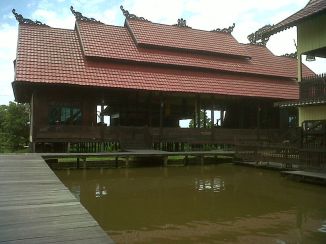
Lubung Intanu of Tidung tribes’ Rumah Baloy (Tarakan City)
 Palace (now a museum) of Sultan Bulungan in Tanjung Palas
Palace (now a museum) of Sultan Bulungan in Tanjung Palas
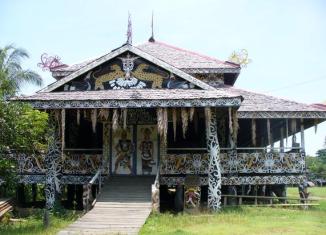 Dayak traditional house (Setulang, Malinau)
Dayak traditional house (Setulang, Malinau)
North Kalimantan regencies
Port : Tanon Taka Seaport, Nunukan Town.
Rivers : Mountain & Natural :
National Park/Ocean Park : Kayan Mentarang Natl. Park (1,35 million hectare, Bulungan-Nunukan-Malinau)
Bridge & Dam :
Places of Interest :
* Nunukan Sea Resorts
*Birau Cultural Festival ( annually – Tarakan City ) showcased all cultural elements of the province (Bulungan, Tidung & Dayak) and other ethnics that live in the province.
*Dayak Festival Malinau
*Historical Tourism, including : Bulungan Royal Palace (museum) in Tg.Palas, Bulungan. *Adventure Tourism : Dayak village and forest/river trek
Photo Credits: Imanrabinata.blogspot.com ; Sudewi2000.wordpress.com ;



